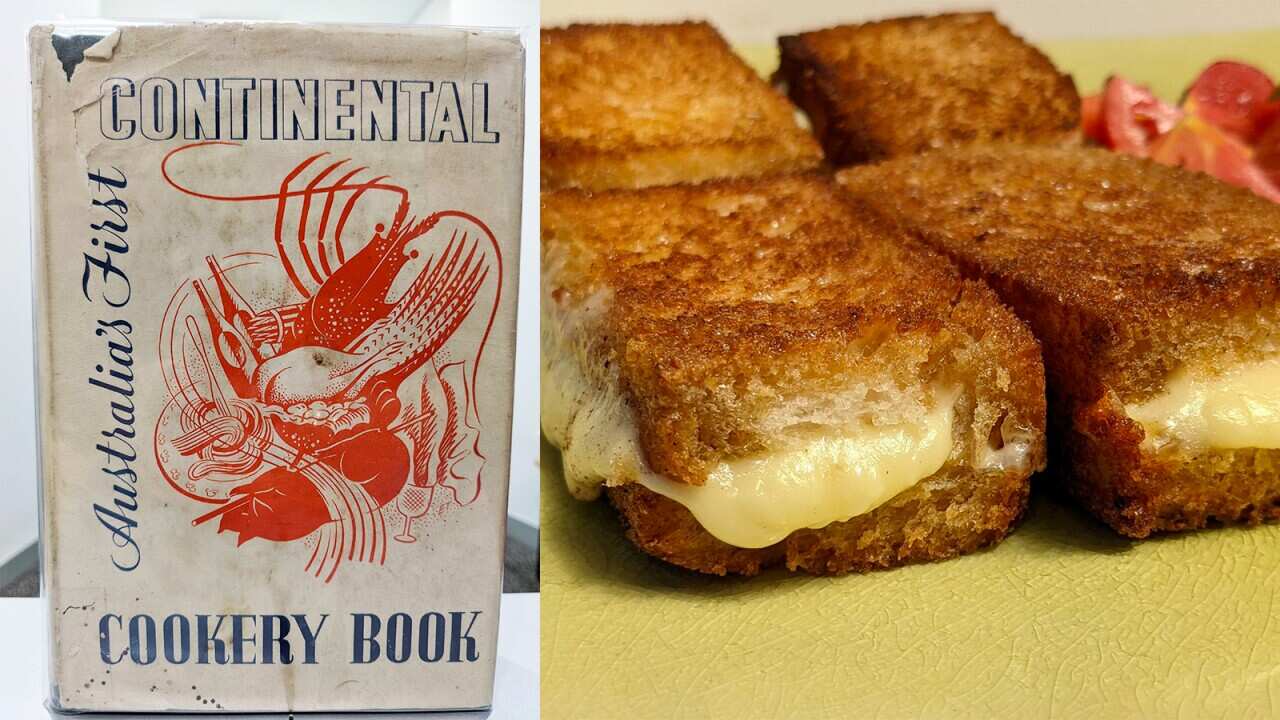--- Discover Italy's other beloved dishes deemed 'too ugly for Instagram'. Listen to , a podcast from SBS Italian, on , , , or the .” ---
For Italians in Australia, the winter months represent the season for making salami. Families of first, second and third-generation Italians will gather (often in household garages) to deconstruct a pig, lather its meat in preservatives and flavourings, then pump it through casings and hang them to dry for as long as required.
Making salami is largely a southern Italian tradition, carried on by numerous Italo-Australians in Melbourne. Many thought it was strange that my family, being from the south of Italy, did not practice such a quintessential ritual, but it just wasn't something that we would do.
My nonni's or grandparents' friends, who are from Calabria, Puglia and Sicily in Italy's south, would make copious amounts of it and share it with my family to also enjoy.
FLAVOURS OF SALAMI

Get to know ‘nduja, Calabria's spicy spreadable salami
Growing up across the road, I was often with my nonni. Their friends would visit and give them salami, freshly vacuum-sealed and packed with flavour. Then, we'd sit around the kitchen table, biscotti in hand, and I got to learn all about the process from each of them.
AFTERNOON SNACK

Fisherman's biscotti (biscotti del pescatore)
I heard stories of trips to the abattoir and deliveries of pig carcass. Some of their friends would use artificial preservatives and flavourings, whereas others would opt for just salt to dry out the meat.
Garlic, fennel seeds, paprika and even red wine were occasionally thrown into the mix, and for those who could handle the heat, chilli and hot pepper sauce were also delightful additions. Ratios were always important to maintain and could make or break the process. Most mixtures consisted of 70 per cent meat to 30 per cent fat and were dried for a month or a few at a temperature below 14°C.
Drying the salami was often left to the more senior folk, who with years of experience could ensure the salami was safe to eat.
But whatever the approach, salami-making was always a full-day family affair that brought together the young and old. Salami-filler machines were passed down as heirlooms and arguments would be had over who had what role on the day.
Salami-making was always a full-day family affair that brought together the young and old.
Many families would make cacciatore from the pig's shoulder, but some would go the extra mile and use other parts of the pig, including the neck for capocollo or coppa, legs for prosciutto, and even the blood for the controversial dessert called sanguinaccio dolce.
Heavenly for some but horrifying for others, sanguinaccio dolce is a chocolate pudding traditionally made from warm pigs' sangue or blood. Fresh blood that's captured during salami making is mixed with sugar, dark chocolate and milk to make a creamy custard, thereby ensuring no part of the animal is wasted. The blood helps to accentuate the flavour of the cocoa and produces a sweet and salty flavoured dessert.
Puddings aside, other versions of this dessert exist, depending on which part of Italy you're in. Some consist of a dense chocolate log with blood, pine nuts and candied fruit, and others are more of a sweet sausage with blood, raisins, nuts, sugar and zests mixed through it. Following a cholera outbreak in Italy and a subsequent ban of selling pigs blood in 1992, sanguinaccio dolce has in some ways become more common in Australia, where pig's blood can be sold legally.
Following a cholera outbreak in Italy and a subsequent ban of selling pigs blood in 1992, sanguinaccio dolce has in some ways become more common in Australia, where pig's blood can be sold legally.

Sanguinaccio dolce can also come in a cake version such as this one from Basilicata that's made of pig's blood, raisins, chocolate and rice. Source: Morbius/Wikipedia Commons
However, since blood is hard to come by and easily spoils, sanguinaccio dolce senza sangue (without blood) is a popular alternative among vegetarians, the squeamish and anyone having trouble finding blood in store.
My nonna was not only an incredible cook but also a crowd-pleaser. Sanguinaccio dolce senza sangue was a special pudding she'd make so I didn't miss out on any treats that the salami-making kids would get to enjoy. And while it started as a winter dish, she would also make it in February and March as a traditional dessert to celebrate an Italian festival called .
With the addition of cornstarch and butter, nonna was able to create the same creamy consistency that the blood provides, making it 'bloody delicious' all the same.
Sanguinaccio dolce senza sangue
Ingredients
- 500 ml full cream milk
- 70 g cocoa powder
- 40 g cornflour
- 1 tsp ground cinnamon
- 350 g caster sugar
- 100 g dark chocolate, coarsely chopped
- Zest 1 orange
- 70 g unsalted butter
Method
- Sift powder ingredients into a pot and whisk to combine, ensuring there are no lumps.
- Add milk and continue whisking until there are no lumps.
- Turn on heat to low flame and stir continuously until mixture thickens, for approximately 10 minutes.
- Add orange zest and dark chocolate and stir until melted, then add butter and stir until the mixture has thickened.
- Remove from heat and transfer into a ceramic bowl.
- Serve warm or cold.
Note: You can service this pudding with crostoli, savoiardi biscuits or on its own. Flavours can be further enhanced by the addition of liqueurs. Cover the mixture with cling wrap to prevent skin from forming on top. You can keep this pudding refrigerated for a few days.
ITALIAN TREATS

Lemon and almond Italian biscuits










